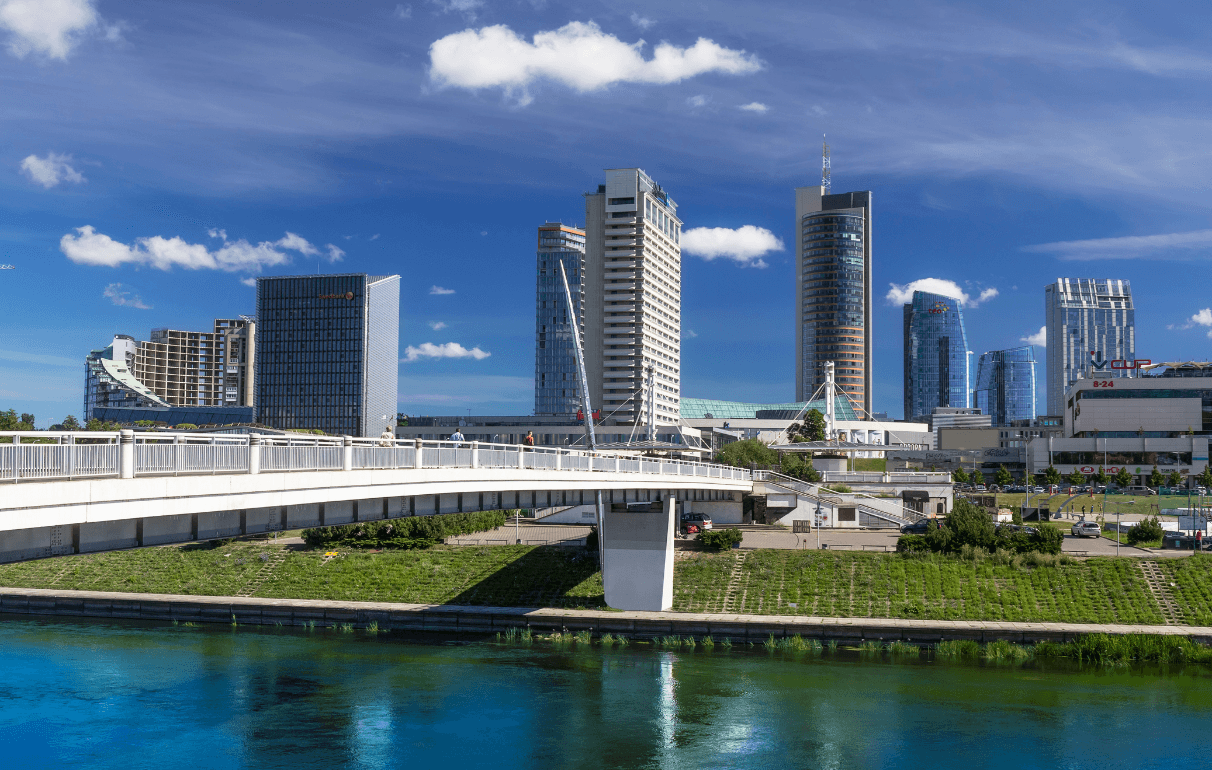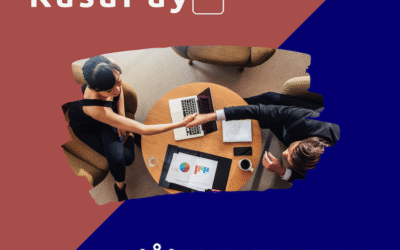In the fast-paced digital economy across Estonia, Latvia, and Lithuania, simplicity is no longer a luxury—it’s a competitive necessity. As Baltic consumers grow more accustomed to seamless experiences from global platforms like Netflix to Amazon, their expectations for payments have evolved dramatically. With more devices connected to the internet than people (140% compared to the global average of 79%) and 91% of the population being active internet users, the Baltics represent one of Europe’s most digitally advanced regions. In retail, hospitality, and services sectors throughout the Baltic states, frictionless payment systems don’t just improve convenience—they drive conversions, repeat visits, and stronger brand loyalty in this highly connected market.
The Baltic Payment Landscape: A Digital-First Environment
The Baltic states have established themselves as fintech innovators in Europe, creating a unique payment ecosystem that differs significantly from global norms. While card payments remain popular in Estonia and Latvia with Visa and Mastercard leading the market, Lithuania shows a distinctive preference for bank-linked methods. What truly sets the Baltics apart is the overwhelming dominance of payment links and bank transfers. Data from 2023 shows a staggering 96-97% of local online payments are made via these methods, with card payments accounting for just 1-3% of transactions.
This preference for direct bank-based payments reflects the region’s strong banking infrastructure and high digital literacy. As one report notes, “Bank transfers are one of the most popular payment methods in the Baltics, offering a secure, direct way to pay without intermediaries”. This foundation creates the perfect environment for the evolution toward increasingly frictionless payment solutions.
The Cost of Complexity: Why Every Step Matters
Studies consistently show that each extra step at checkout increases cart abandonment rates, both online and in physical stores. A laggy terminal, unclear payment options, or failed transactions don’t just create momentary frustration—they directly impact revenue and customer loyalty. The Baltic region’s highly connected consumers have particularly high expectations for seamless experiences. With e-commerce revenue reaching an estimated €3.40 billion in 2023 across the three Baltic nations, the financial impact of payment friction is substantial. In a market where alternative options are always just a few clicks away, complexity in payment processes represents a significant competitive disadvantage.
What Makes a Payment Experience “Frictionless”
For Baltic businesses looking to create truly frictionless payment experiences, understanding local preferences is crucial:
Instant Bank Transfers
The adoption of instant payments is rapidly increasing across the region, with Lithuania taking a leadership role in this area. As noted in at 2024’s Baltic Payment Forum, “Instant payments are here and ready to take over Europe,” with the EU SEPA instant payments regulation soon to be implemented. These transfers provide immediate confirmation and settlement, eliminating waiting periods that disrupt the customer experience.
Payment Initiation Services
Payment links (specifically payment initiation or account-to-account payments) associated with local banks dominate the Baltic online payment landscape. In Estonia, for example, Swedbank (53%), SEB (27%), and LHV (11%) are the preferred payment options, vastly outperforming card payments (3%). These services eliminate the need for card details, simplifying the checkout process substantially.
Mobile Payments and Digital Wallets
Consumer demand for seamless payment experiences like Apple Pay and Google Pay is increasing. These tap-to-pay solutions reduce transaction time to seconds and eliminate the need for physical cards entirely.
Pre-filled Payment Information
For returning customers, auto-filled payment details in e-commerce dramatically reduce checkout time and cognitive load, especially important in a region with high digital commerce adoption.
The Operational Benefit: Streamlining Business Functions
The advantages of frictionless payments extend well beyond customer satisfaction. For businesses, simpler payment systems offer significant operational benefits:
- Reduced Training Requirements: User-friendly payment interfaces require less staff training, particularly important in sectors with high employee turnover.
- Fewer Errors and Reconciliation Issues: Automated, streamlined payment systems minimize manual data entry and the errors that come with it.
- Integration Advantages: Modern payment solutions in the Baltics increasingly support open banking principles, allowing for seamless integration with existing business systems.
- Regulatory Compliance: The upcoming PSD3 and PSR regulations will reshape the European payment landscape. Frictionless systems built on current standards will require fewer updates to remain compliant.
Why Simplicity Equals Higher Revenue
The direct relationship between payment simplicity and increased revenue is particularly strong in the Baltic states, where digital literacy is high but patience for complexity is low:
- Faster Transactions = Higher Throughput: Especially relevant in high-volume retail environments and the growing e-commerce sector across the Baltics.
- Reduced Abandonment: Each second saved in checkout time correlates with lower abandonment rates, particularly important given the €3.40 billion e-commerce market.
- Customer Loyalty: Consumers who experience frictionless payments are significantly more likely to return, a crucial factor in the relatively small Baltic markets where customer retention is essential.
- Staff Focus: When employees spend less time troubleshooting payment issues, they can dedicate more attention to value-adding activities such as customer service and sales.
The Future of Frictionless Payments
The Baltic region is positioned to lead Europe in payment innovation, with several key developments on the horizon.
- Open Banking Evolution: Open banking has already shown a positive impact on competition in payment services across the Baltics, enhancing consumer protection and supporting the creation of new payment solutions. The upcoming Open Finance proposal will likely extend these principles to broader financial services.
- EU Payment Package Implementation: The PSD3 and PSR regulations will significantly reshape the payment landscape, creating new opportunities for frictionless experiences while strengthening consumer protection.
- Digital Euro Potential: The digital euro project could further contribute to the digital transition of the Baltic economies, ensuring society maintains access to secure central bank money in the digital age as cash usage declines.
- Fintech Innovation: As a leading fintech hub in Europe, the Baltic states continue to foster innovation in payment technologies. With the most popular fintech segments in the region being Payments and Lending (accounting for 40% of solutions), we can expect continued advancement in frictionless payment options.
Conclusion: Simplicity as a Strategic Advantage
In the highly digital Baltic markets, payment friction isn’t just an inconvenience—it’s a competitive liability. As consumers increasingly expect Amazon-level simplicity in every transaction, businesses that maintain complex, time-consuming payment processes risk losing customers to more streamlined competitors.
The good news is that implementing frictionless payment solutions has never been easier, especially in the Baltic region’s advanced digital ecosystem. By embracing the payment methods that Baltic consumers prefer—particularly bank transfers and payment links—and preparing for upcoming innovations like instant payments and open finance, businesses can position themselves at the forefront of this crucial aspect of customer experience.
In the end, the math is simple: less friction equals more business. In Estonia, Latvia, and Lithuania’s digital-first economies, that equation has never been more important.




